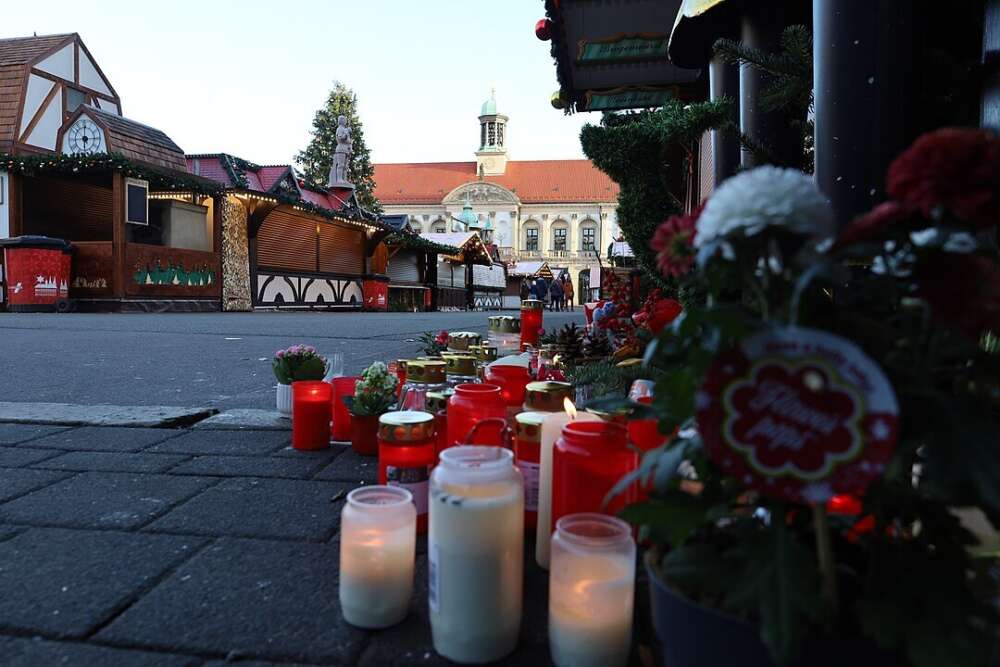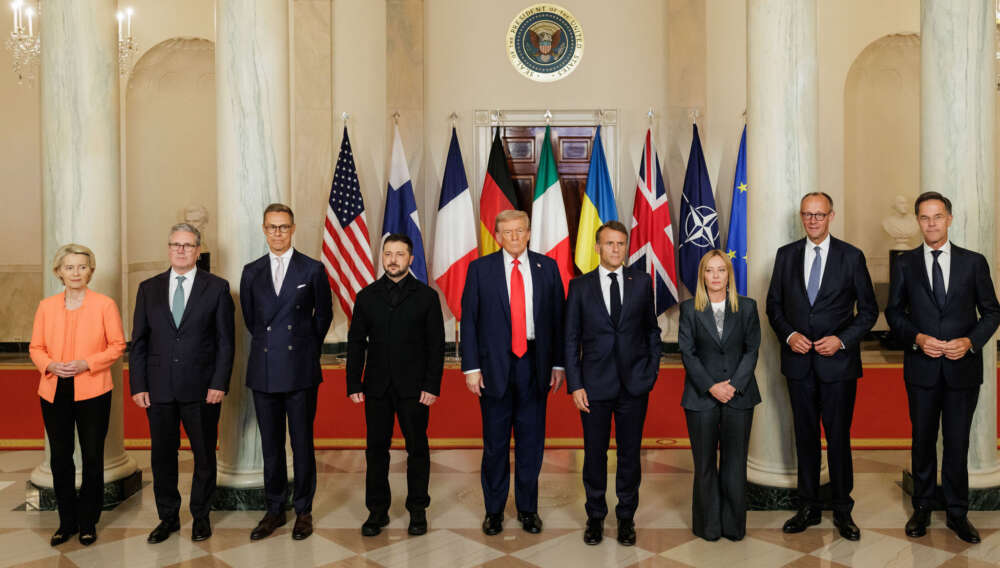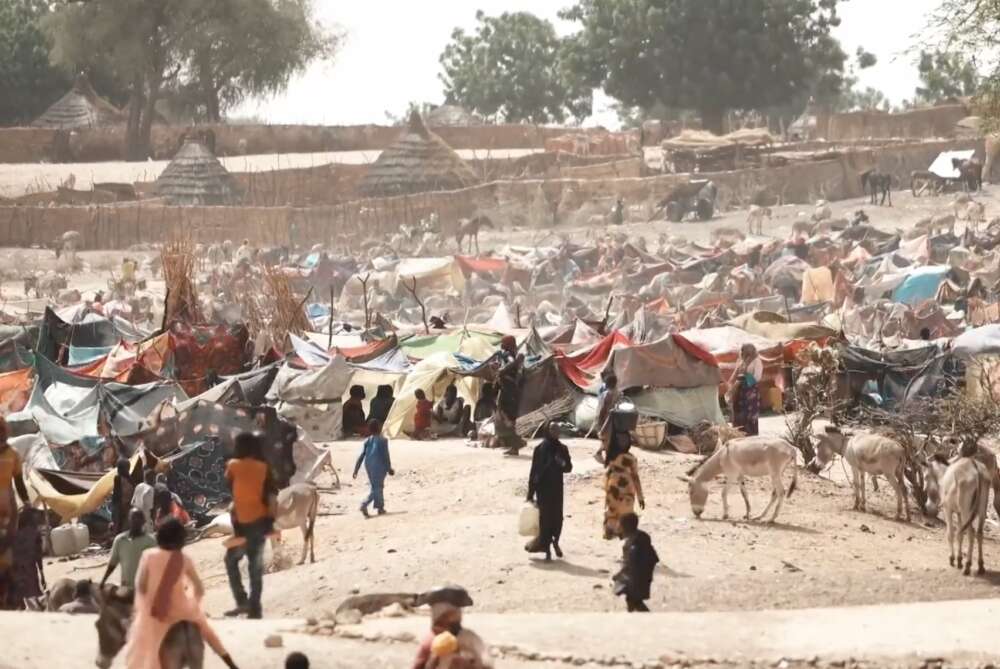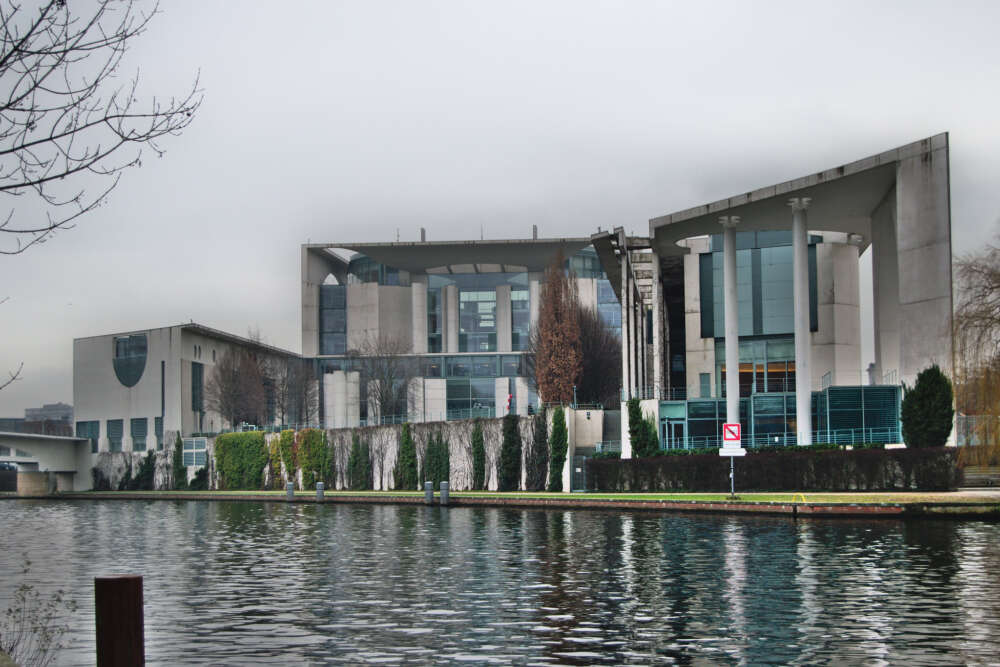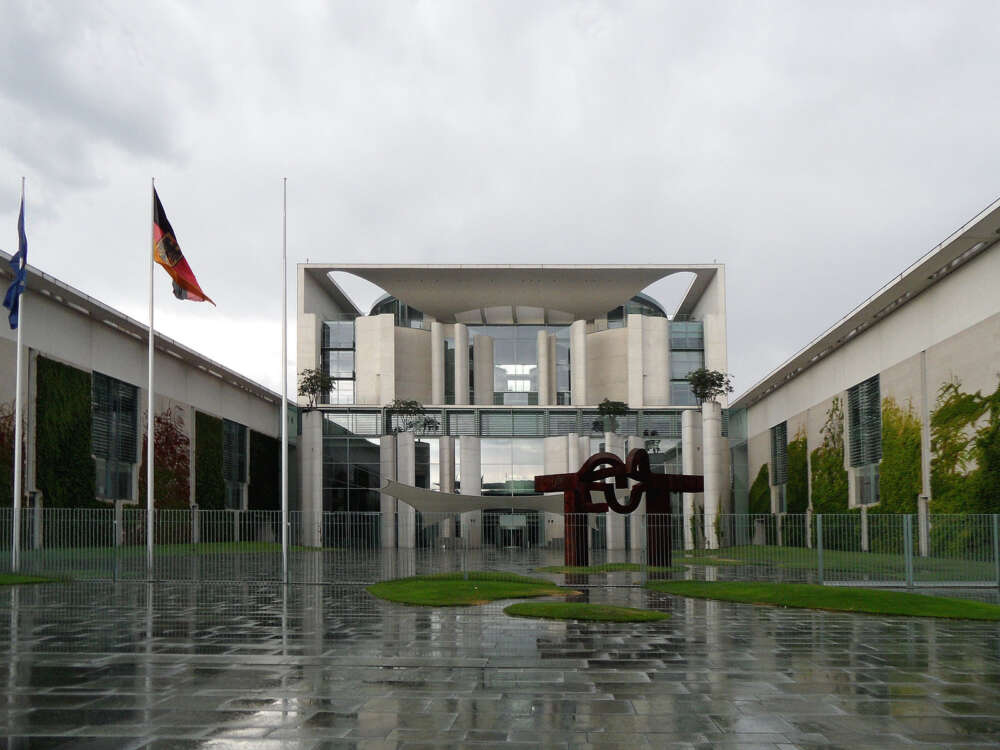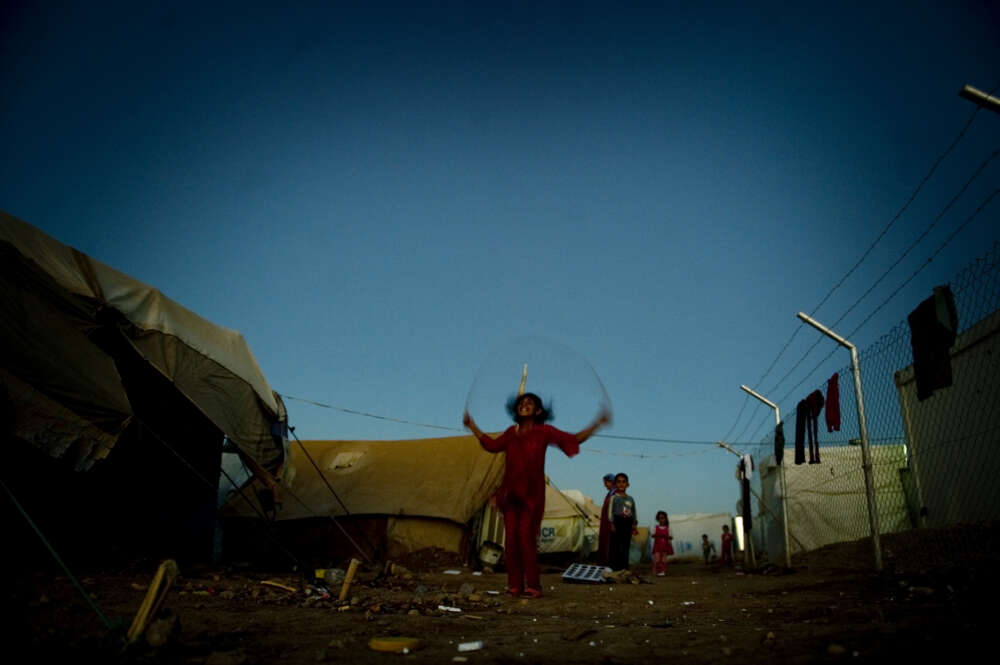With Courage and Coherence
The Human Rights Up Front Initiative of the United Nations

Too often has the United Nations system failed to mobilize all of its tools to protect populations from serious human rights violations. A notable example is the UN’s inadequate human rights response in Sri Lanka in 2009, during the conclusion of the country’s long-running civil war. In 2013, the UN launched the Human Rights up Front (HRUF) initiative to avoid such failures in the future and to create a more accountable, coherent and prepared system. The initiative has had a promising start, but to prevent another UN failure of the kind witnessed in Sri Lanka, HRUF must overcome agency competition, reconcile differences in institutional cultures and involve constructive member states more closely. In return, member states that want to see a UN system with an activist stance on human rights need to provide calibrated support.
To that end, this report provides an initial assessment of HRUF’s progress and challenges since its adoption by Secretary-General Ban Ki-moon in September 2013. The report explains the initiative’s strategic design and bureaucratic implementation, and provides a number of policy recommendations for member states.
As presented by the UN, Human Rights up Front has three interlocking goals: (1) to transform the UN’s organizational culture, (2) to make operational changes that frame the UN’s work on human rights protection as a priority for all UN entities and (3) to empower UN officials as they work with member states on achieving the aforementioned goals. The initiative features an action plan with more than 60 measures that target crucial areas in which the UN failed in Sri Lanka. These areas include the coordination of early warning and crisis response at the Headquarters of the UN (HQ); the exchange of information between UN agencies on threats to civilians; support for UN Country Teams on the ground, in the form of additional personnel and analysis or the appointment of a senior point person at HQ; and the inclusion of human rights – related criteria in the selection, training and appraisal of senior UN staff, in particular the resident coordinator (RC). In regards to political engagement, the initiative supports UN officials who take a more activist stance when raising threats to civilians and other crises with member states.
Thus far, these measures have had varied success. On the positive side, participants of the regional quarterly reviews (RQRs) introduced by the initiative believe that the meetings improve the coherence of the overall UN response. The RQRs bring together development, political, humanitarian and human rights entities in the UN system to review civilian risk and early warning. They have helped to improve relations between the political and development arms of the UN and to empower regional directors to make decisions at a lower level. The newly established senior action group (SAG), chaired by Deputy Secretary-General Jan Eliasson, convenes the heads of relevant agencies and has been similarly instrumental in identifying courses of early action and leveraging the political influence of the UN system in specific situations. Moreover, Ban and Eliasson have set an important example by taking a more activist response to escalating crises, and UN officials have heeded their leaders’ call for member states to commit troops, pass sanctions and monitor elections. For instance, the UN Department of Political Affairs (DPA) increasingly broaches situations of concern in informal briefings to the Security Council, even if they are not on the council’s agenda. In this way, HRUF is indeed fostering a new organizational culture and a new approach to crises.
Nevertheless, the UN has faced four major obstacles throughout the implementation of HRUF. First, there exists considerable rivalry between agencies – an unsurprising result of the silo structure of UN entities and their many overlapping mandates. Cooperation at the working level is not a given. There are diverging organizational cultures throughout the UN system: for example, the view of human rights officers on advocacy can differ significantly from that of political or humanitarian officers, who may have greater trust in negotiations and quiet diplomacy. Second, UN entities need to view human rights protection as a system-wide objective whose achievement requires specific operational skills. The mandatory training to be introduced by HRUF is not seen as sufficient in this regard, as it focuses too much on human rights norms and does not provide the advanced training in leadership and negotiation that would be useful for senior staff. Third, HRUF has tested the capacity of the Office of the High Commissioner for Human Rights (OHCHR), which has very limited field presence and cannot easily deploy short-term personnel. Lastly, despite the enthusiasm of HQ officials involved in HRUF, it will take effort beyond the term of the current UN leadership in order for a new organizational culture to take root. The UN system needs the support of member states when confronting the difficult political questions that arise with a more activist secretariat. Member states cannot leave the UN alone to raise awareness of serious violations; they need to cooperate more closely with UN actors at the local level on human rights protection.
